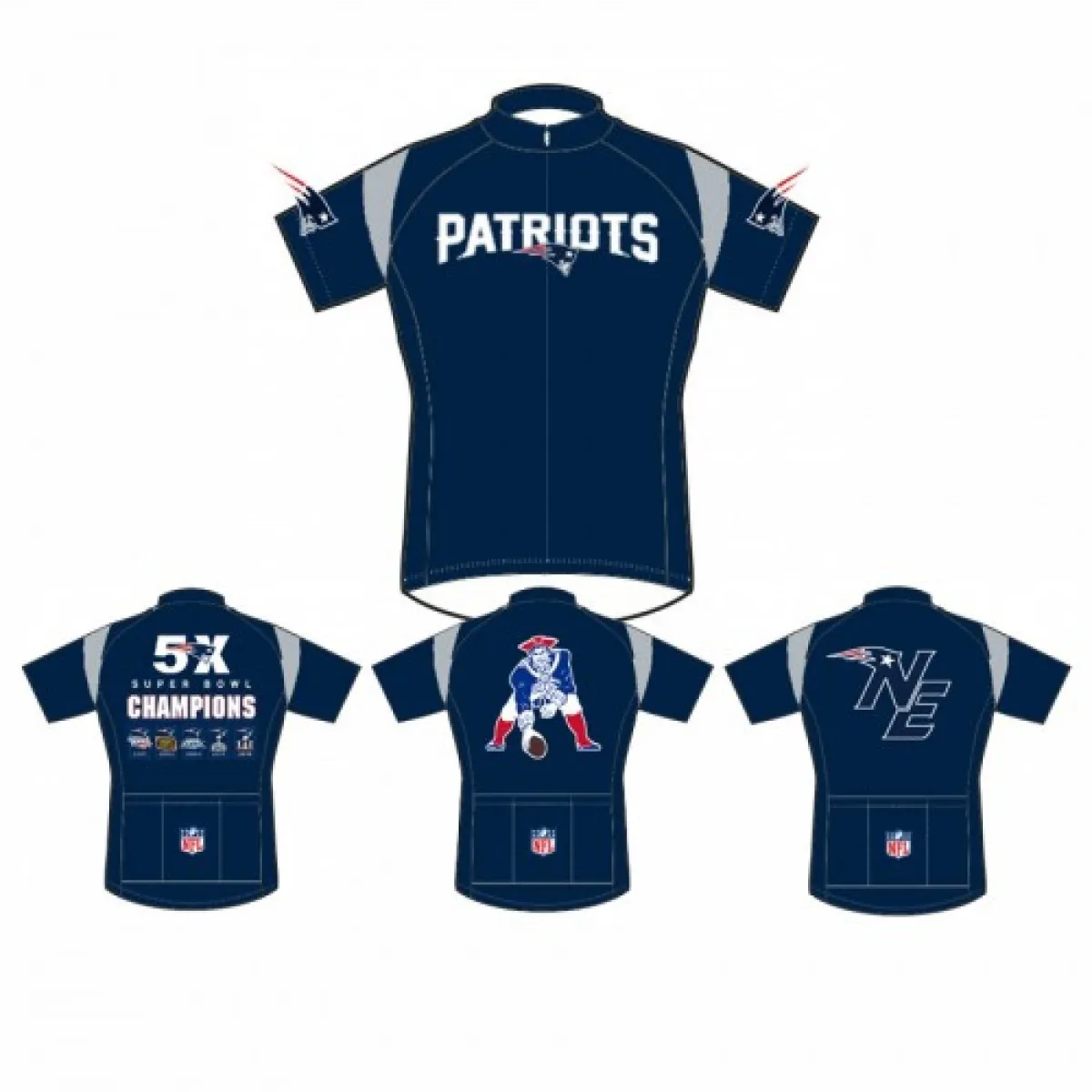When it comes to the National Football League (NFL), there’s no shortage of excitement, drama, and attention to detail. From the gridiron battles between rival teams to the intricate design elements on players’ uniforms, every aspect of the game is meticulously crafted to create an immersive experience for fans.
Among the many fascinating aspects of NFL culture is the role that team uniforms play in shaping the identity and aesthetic of each franchise. A quick glance at a football field will reveal that home teams typically don their signature colors and logos, while visiting teams wear opposing hues to create visual contrast.
But have you ever stopped to think about the specific rules governing these iconic outfits? In this post, we’ll delve into the details surrounding NFL home team uniforms, exploring what’s required by league regulations and why these guidelines matter so much.
The Basics: What’s Required of Home Teams?
According to official NFL guidelines, home teams are allowed to choose from two primary options for their uniform colors: white or their “official team color.” This means that each franchise has its own unique set of approved hues, which must be prominently featured on the team’s home jerseys.
In essence, this rule ensures that every home game takes place in a sea of team-specific colors, creating an unmistakable visual identity that’s instantly recognizable to fans. When you think of the New England Patriots, for instance, their iconic navy blue and red color scheme immediately comes to mind – a look that’s been refined over decades.
The Visiting Team: A Different Story
Meanwhile, visiting teams are required to wear the opposite colors to those of the home team. This simple yet effective rule adds an extra layer of visual interest to each matchup, as fans get to enjoy contrasting hues and logos on display.
Imagine a scenario where two teams with similar color schemes – say, the Green Bay Packers and the Chicago Bears – meet in a game. In this case, the visiting team (Green Bay) would wear their usual green and gold attire, while the home team (Chicago) dons their signature navy blue and orange colors. The result? A visually striking contrast that heightens the excitement of the matchup.
Why Do These Rules Matter?
So why do these seemingly simple guidelines matter so much in the world of NFL football? For starters, they contribute to the overall aesthetic appeal of each game. By creating a distinct visual identity for both home and visiting teams, the league fosters an atmosphere of competition and rivalry that’s central to the sport.
Furthermore, these rules help maintain consistency across the entire NFL landscape. Imagine if teams were free to choose any color combination they liked – it would lead to a confusing mishmash of hues and logos! By adhering to specific guidelines, each franchise knows exactly what’s expected of them in terms of uniform design, ensuring that the visual identity of the league remains strong.
Conclusion: NFL Home Team Uniforms – More Than Meets the Eye
In conclusion, while it may seem like a simple matter to choose between white and team color for home teams, there’s actually more to these guidelines than initially meets the eye. The intricate interplay between home and visiting teams’ uniforms creates a visually striking backdrop for each matchup, while also fostering an atmosphere of competition and consistency that’s essential to the NFL’s enduring popularity.
As fans, we might not always notice the nuances involved in creating these iconic outfits – but rest assured that every stitch, seam, and color choice is carefully crafted to bring us closer to the action on the field. So next time you’re cheering on your favorite team, take a moment to appreciate the thought and attention that goes into designing those unforgettable uniforms!
 Buy From: NFL new england patriots short sleeve cycling jerseys
Buy From: NFL new england patriots short sleeve cycling jerseys
